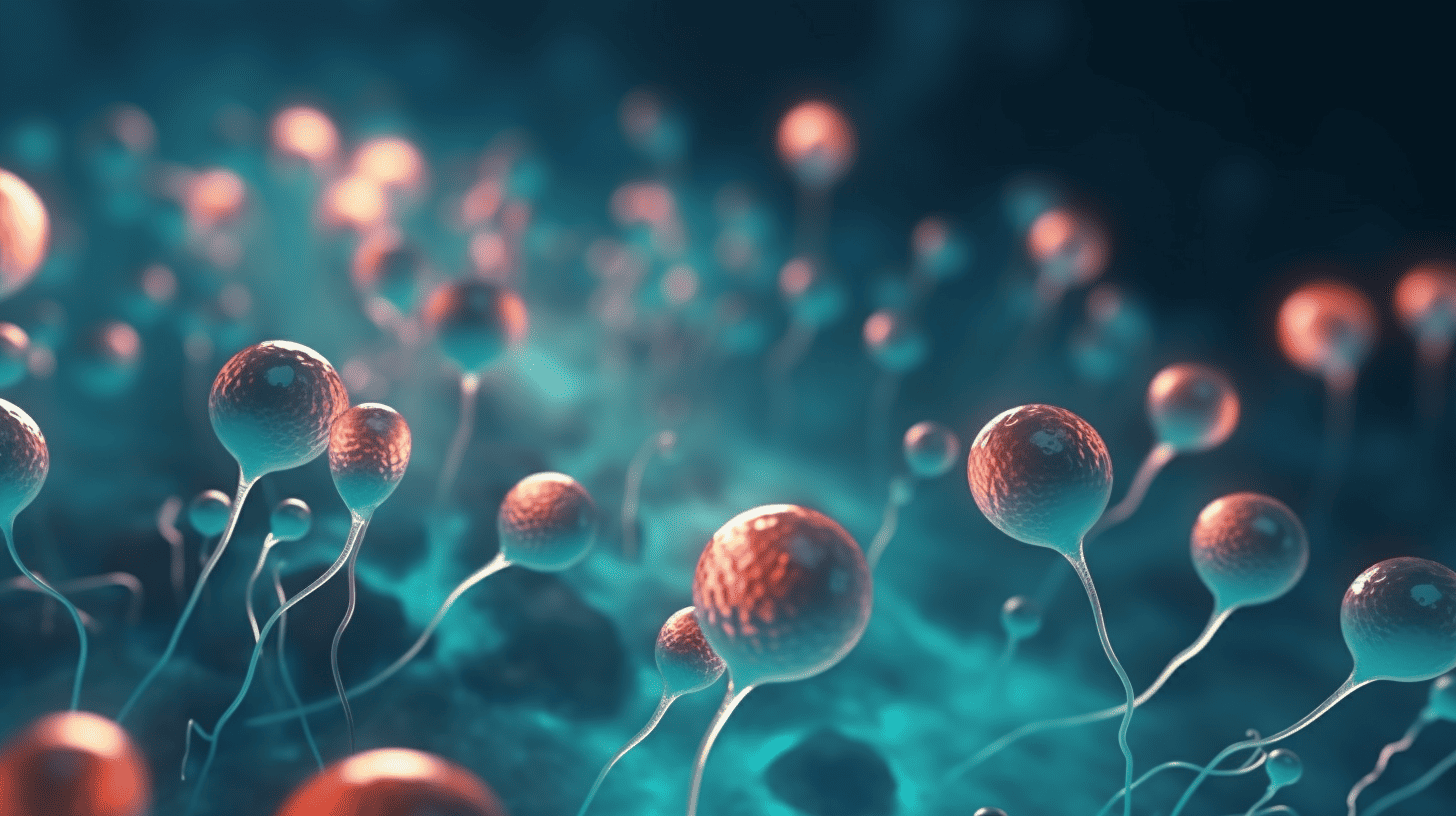
By zooming in to the near-atomic level using electron microscopy, Tzviya Zeev-Ben-Mordehai and her Utrecht University team were able to identify the proteins that form the molecular machinery that drives sperm motility. More than twenty of these proteins were not yet recognized as part of the sperm motor apparatus, all promising candidates for future research on infertility. The results not only provide important insights into how sperm cells move and might dysfunction, but also about how they evolved. The study is published today in the scientific journal Cell. Zeev-Ben-Mordehai: “We open a new era for infertility diagnostics and male contraceptive development.”
A sperm cell is well adapted for its very specific task: to deliver the male genetic material to the female egg cell. Yet the journey of a sperm cell is highly challenging: in mammals, sperm must swim distances over more than thousandfold their own length in a viscous environment. When the mobility of sperm cells is in some way impaired, this will result in male infertility, a problem which is on the rise in humans globally.

The motor apparatus of sperm is in their tail: a ‘molecular machine’ called the axoneme. The axoneme is made of hundreds of different proteins anchored on cellular tubes called microtubules; each axoneme is built of nine double microtubules (so-called doublet microtubules) that are arranged around one central pair of single microtubules.
Cryogenic electron microscopy

Previous work by the group of Zeev-Ben-Mordehai already revealed that proteins partly fill the tubes of doublet microtubules of mammalian sperm cells. The identity of these proteins, however, remained mostly unknown.
The group now found a way to identify these proteins without destroying the tubes and the structures within. They used a method called cryogenic electron microscopy (cryo-EM), where samples such as sperm cells are instantaneously frozen, providing the best preservation as samples retain their native condition most accurately.
Near-atomic level
To be able to identify the proteins within the tubes, the researchers had to zoom into the structures with unprecedented detail, close to atomic-level. This allowed them to discern individual amino acids, the building blocks of proteins. Once the amino acids in a protein are identified in the correct order, it is possible to determine which protein you are looking at.

To achieve this high level of detail, the researcher had to develop a new sample preparation strategy that they applied before freezing the samples: they removed the outer layer of the sperm cells, and the cell membranes and then added ATP, a molecule that provides energy to cells. The ATP triggered the sliding of the microtubules relative to each other, thus causing them to come loose. The two tubes of each doublet, however, stayed connected, as well as all the proteins that were associated with them. This allowed the researchers to zoom in on individual doublets.







